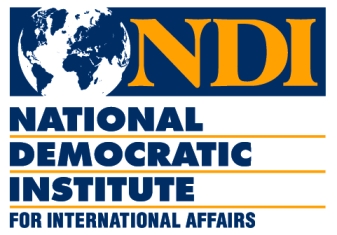Chocolate giant Hershey has been the target of unwanted smart phone campaigns recently in a battle to combat child labor violations. The Raise the Bar Hershey campaign, started by four activist organizations, developed “Consumer Alert” cards that include a QR code (like a barcode) to warn shoppers about the labor practices.
With the ability of ICTs to distribute information faster and farther than ever, it is no surprise that people all over the world are able to start campaigns that promote fair labor practices, transparency and equality, often gaining followers and media attention almost immediately. Those informed about a particular issue can raise awareness on it using social media like Facebook, posting a video on YouTube, or starting their own campaign on sites like Change.org, an organization that helps individuals or groups run social change campaigns. Knowmore.org empowers consumers to purchase products and support companies that promote fair trade, human rights, and democracy. The site makes it easy to determine which corporations use unethical (or ethical) practices through its browser extension that alerts consumers on where companies stand on particular issues as they browse the company websites.
The Raise the Bar campaigners claim that Hershey “lags behind its competitors” in enforcing labor rights standards among its suppliers and in tracing the source of its cocoa which comes largely from West Africa, an area known for forced labor, child labor and human trafficking. Volunteers have been placing the alert cards next to Hershey products and displays, and shoppers are able to scan the code by using smartphone applications. The QR code on the cards opens a web page on the campaign’s website, allowing consumers to take action immediately by signing a petition on Change.org or getting involved in other ways.
QR codes have been used by shop owners to offer information and coupons to shoppers as they pass by as well as to show pictures of meals on restaurant menus. The codes can be easily built by anyone using free online tools.
Other organizations also use smartphones in order to monitor businesses to ensure they are following labor laws. Free2Work evaluates major companies around the world based on their labor policies and has established a mobile app that allows consumers to easily find companies, share information, and receive updates. The United States Department of Labor has its own smartphone application for workers to keep track of their wages to help guarantee that they receive proper compensation. Through the app, employees can track their work hours for any of their employers, as well as access information on wage laws.
As smartphones become more advanced, the potential for increasing transparency and promoting fair labor practices worldwide grows. Concerned citizens have a plethora of tools at their disposal to gain and redistribute information on a topic, allowing them to hold companies, as well as governments, accountable to fair labor standards. Time will tell whether this will force companies to step up their standards.



















































